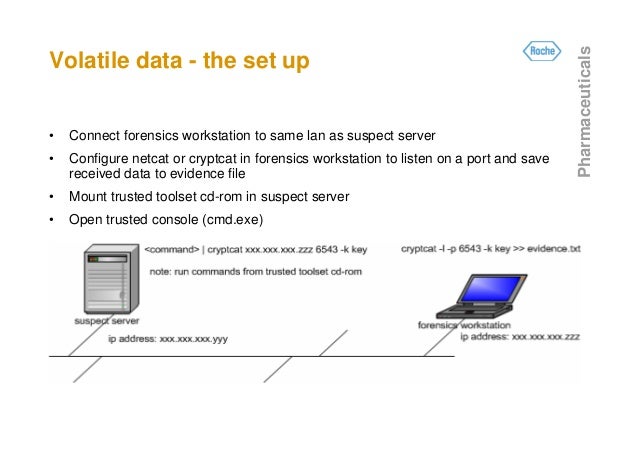Cryptcat Windows
Credits cryptcat = netcat + encryption Cryptcat is the standard netcat enhanced with twofish encryption by farm9. Netcat was origianally written by the l0pht (hobbit and weld pond).
Note that the L0pht has information on their copyrights covering netcat. See the 'hobbit.txt' file for that information.

How to install cryptcat on windows 7/8, the only download i can find is dated 2005. The Windows version is distributed as a zip file cryptcat-nt-1.2.1.zip containing source code. Cryptcat.dsp is a 'Microsoft Developer Studio Generated Build File, Format Version 6.00' so you will need to have Visual Studio installed in order to build the project. Cryptcat is a version of netcat with integrated transport encryption capabilities. In the middle of 2005, Nmap announced another netcat incarnation called Ncat. It features new possibilities such as 'Connection Brokering', TCP/UDP Redirection, SOCKS4 client and server support, ability to 'Chain' Ncat processes, HTTP CONNECT proxying (and proxy chaining), SSL connect/listen support and IP address/connection filtering.
Twofish is courtesy of, and. We started with the Java version of twofish from cryptix, converted it to C++ (don't ask why), and enhanced it by adding CBC mode and the ciphertext stealing technique from Applied Cryptography (pg.
196) License Cryptcat is licensed under the the GNU General Public License, Version 2 or later () in conformance with the original NetCat license. How do you use it? Machine A: cryptcat -l -p 1234 1234 This is identical to the normal netcat options for doing exactly the same thing. However, in this case the data transferred is encrypted. Is it Really Secure?
Not if you know the secret key, which is hardcoded to be 'metallica' (use the -k option to change this key) CERT There is a CERT vulnerability released on CryptCat for NT. The release comes with a precompiled binary which has a gaping security hole in the '-e' option. The included binary is compiled with the compile time option 'GAPING_SECURITY_HOLE' to allow the '-e' option to work.
This option is intended to allow CryptCat to be used as an encrypting tunnel for a spawn'd binary. Unfortunately, this does not work on NT! The pipe is opened, but I/O is not encrypted. There is no workaround.
Changes Thanks for the contributions: linux 7.0 build fixes, tricky bug fixes, -k option, OpenBSD/FreeBSD compiles, directory friendly zips & tars, including MSVC++ makes. Since release alot of people have been submitting changes (many times for the same thing). I've been doing my best to keep up, we are trying to get this up on sourceforge, but there seems to be some sort of 'approval' process that makes it unclear if that will actually happen. So, if you have submitted something, and its not here, let me know. If you've submitted a change, and its here with someone else's name, that just means someone else got the same change in before you. If you have a change, drop a line to info@farm9.org. Contributors The following individuals have made significant contributions to Cryptcat: Hobbit Developed netcat Weld Pond First windows port Jo Johansen netcat ->Cryptcat Dan F?
Jeff Nathan Windows version Matt W? Frank Knobbe? Dragos FreeBSD version Bill Weiss? Thanks for the contributions: linux 7.0 build fixes, tricky bug fixes, -k option, OpenBSD/FreeBSD compiles, directory friendly zips & tars, including MSVC++ makes.
Cryptography functions are categorized according to usage as follows: • • • • • • • • • • • • • • • • • • • • • • • • • • • • • • • • • • • • CryptXML Functions The cryptographic XML functions provide an API for creating and representing digital signatures by using XML formatted data. For information about XML formatted signatures, see the XML-Signature Syntax and Processing specification. Function Description Computes the final hash of the data entered by the MD5Update function. Initiates the hashing of a stream of data. Adds data to a specified hash object.
Creates a reference to an XML signature. Dwg Trueview 2010 64 Bit. Adds the Object element to the Signature in the Document Context opened for encoding. Closes a cryptographic XML object handle. Used by an application to digest the resolved reference. This function applies transforms before updating the digest. Frees the CRYPT_XML_DIGEST allocated by the function. Creates a digest object for the specified method.
Parses the KeyValue element and creates a Cryptography API: Next Generation (CNG) BCrypt key handle to verify a signature. Puts data into the digest. Encodes SignatureMethod or DigestMethod elements for agile algorithms with default parameters.



